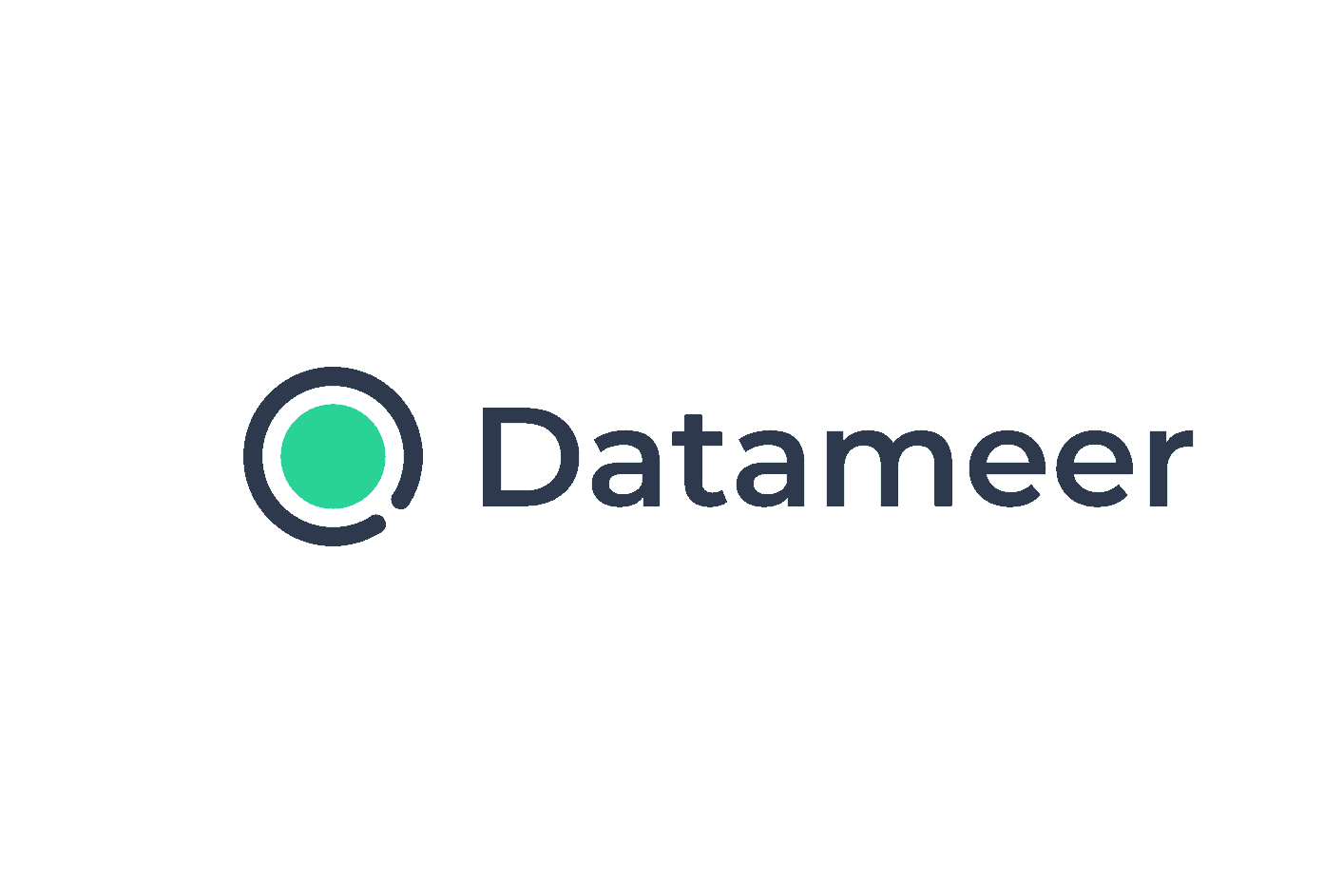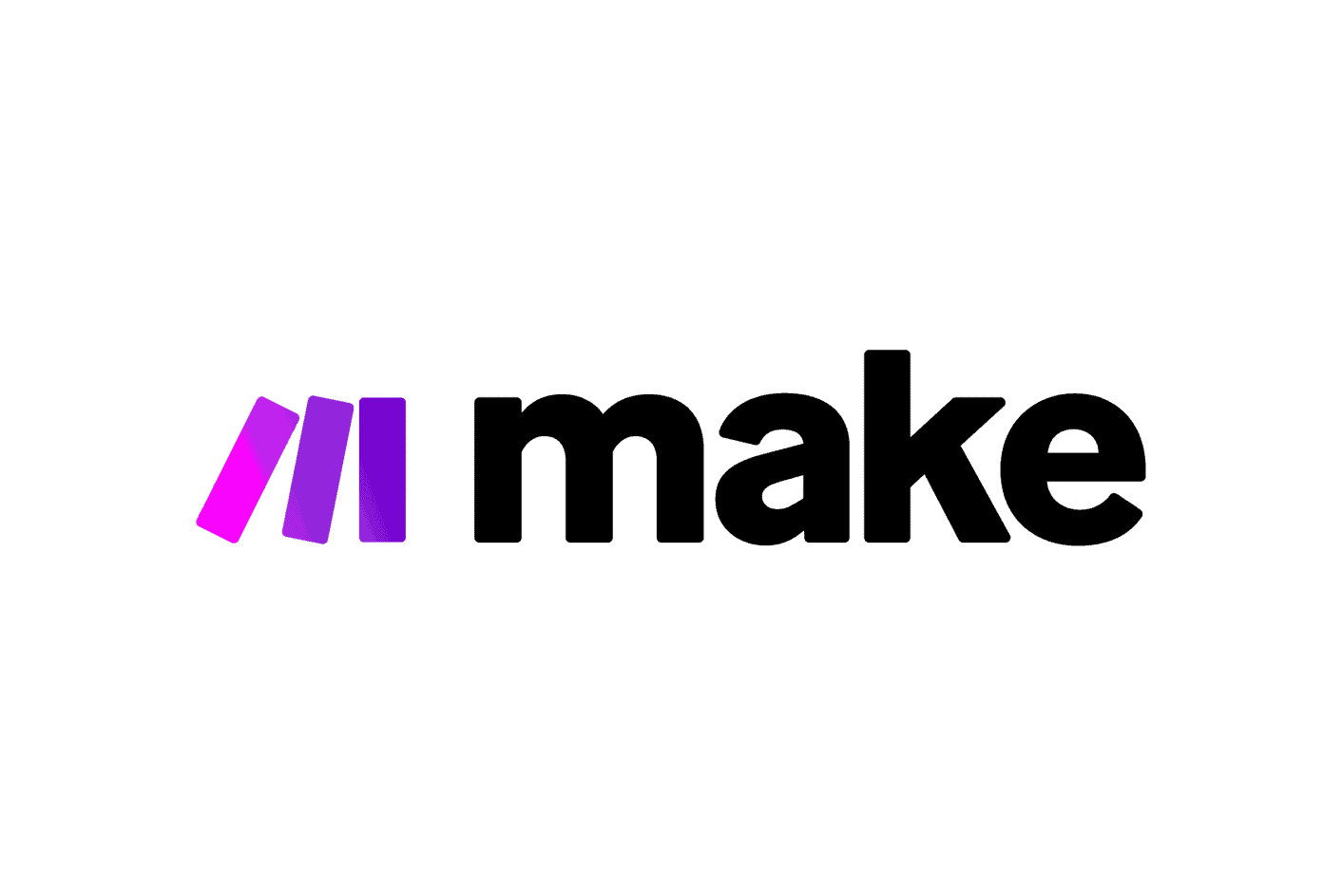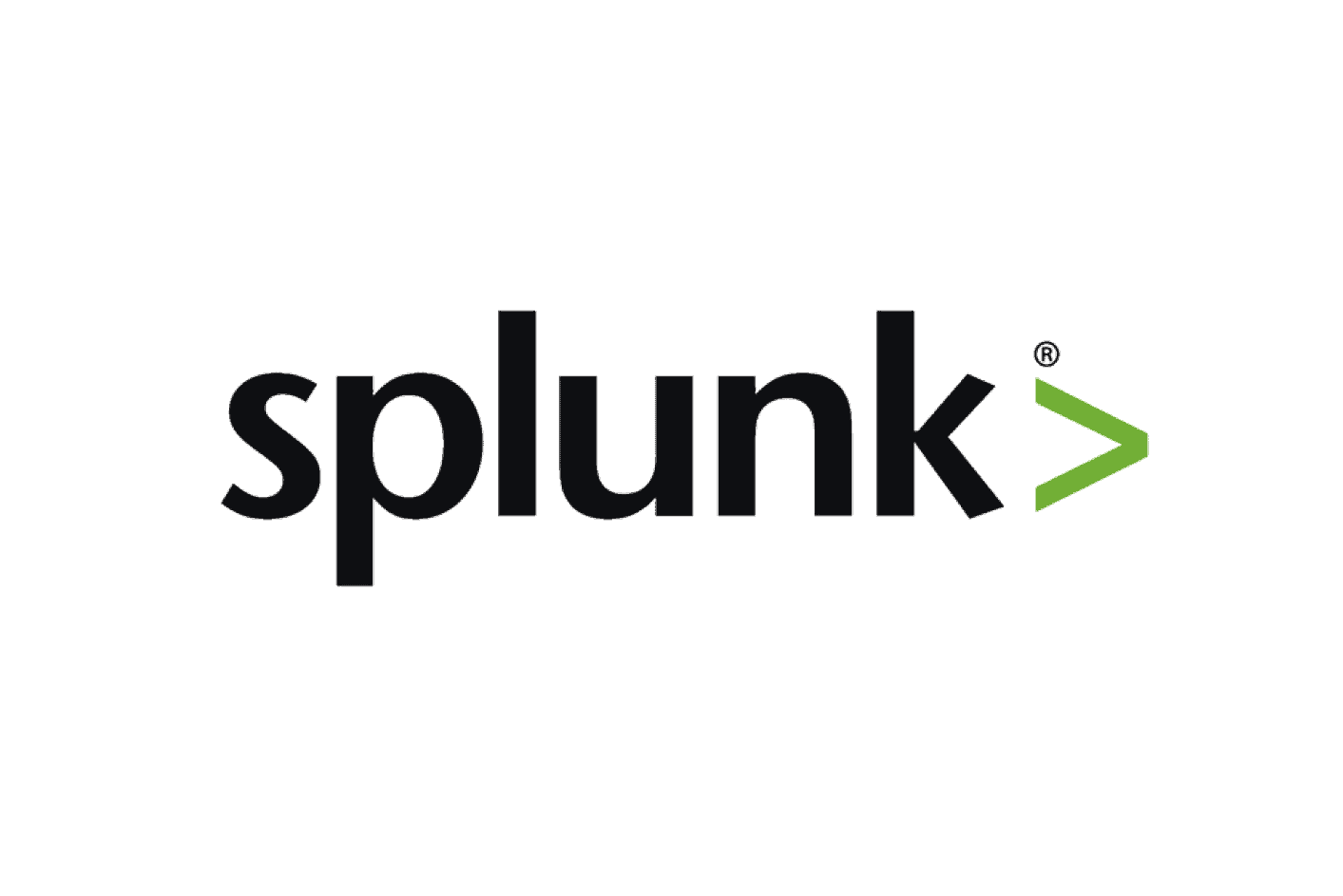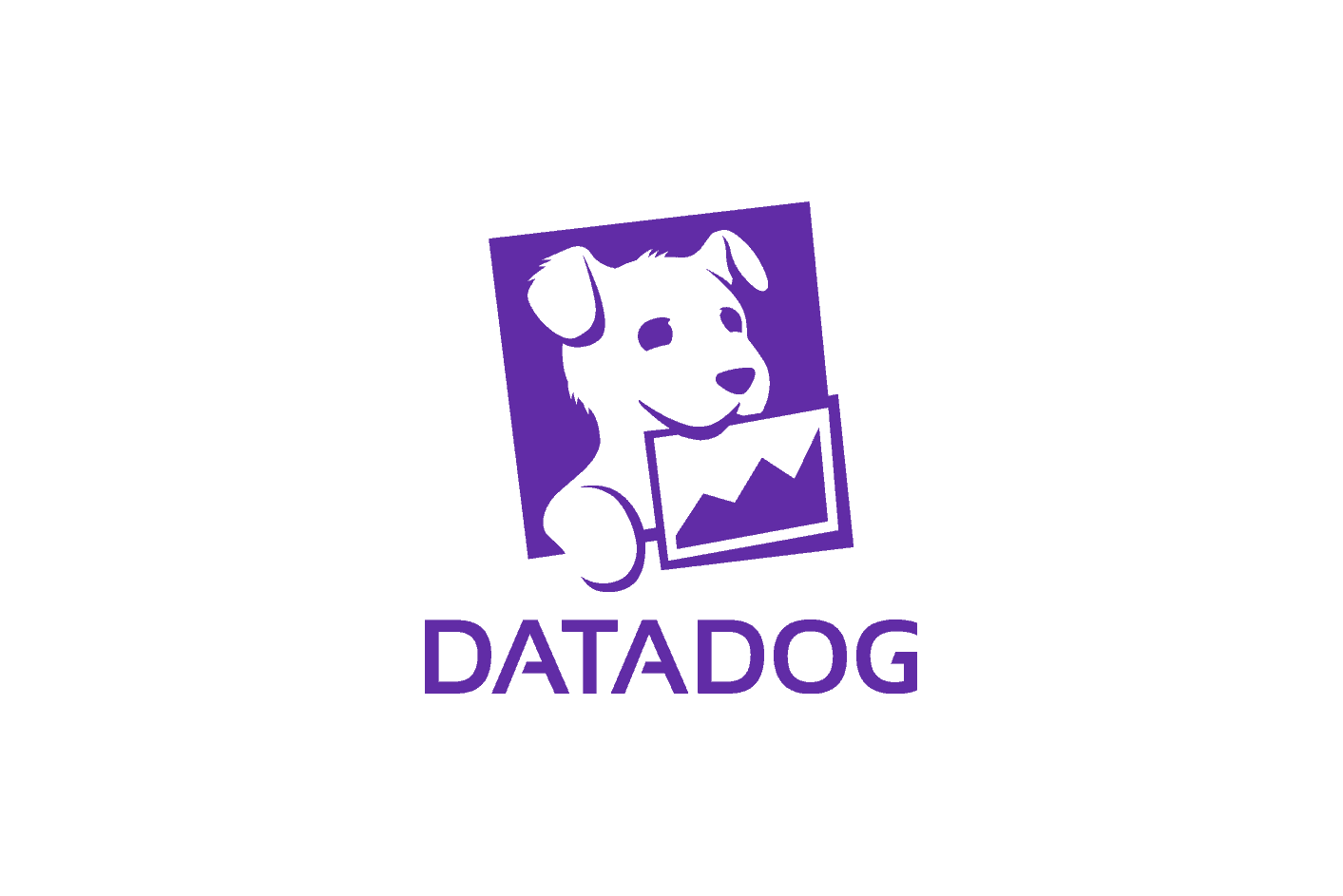The Ideal Tech Stack for Banks: Optimizing Efficiency and Savings
- Ndz Anthony
- December 4, 2023

The banking sector heavily relies on a sophisticated blend of traditional and modern systems. Banks harness various tools ranging from legacy databases like Oracle and IBM Db2 to state-of-the-art CRM and payment processing systems. When these diverse systems are effectively integrated, they create a robust technology stack critical for smooth operations across various banking functions.
Despite their comprehensiveness, these tech stacks often encounter challenges such as integration complexities and high maintenance costs. The banking sector is currently undergoing a significant shift, emphasizing the need to streamline and optimize technology infrastructures to improve efficiency and manage costs. An example of this trend is Westpac, a major Australian bank, which has recently streamlined its tech stack by two-thirds.
This article explores the essential components of an ideal tech stack for banks, focusing on efficiency, innovation, and cost-effectiveness. Additionally, we will examine how Datameer, a flexible data management platform, can integrate into this ideal tech stack, potentially replacing several existing tools.
Key Characteristics of a Bank Tech Stack:
Okay, let’s talk about what really sets a top-notch bank tech stack apart. In this section, we’re going to unpack the key characteristics that define a great bank tech stack. It’s about building a foundation that’s solid, smart, and in sync with what modern banking needs. Ready to see what makes the cut? Let’s roll:
- Simplicity and Efficiency: The ideal tech stack should be straightforward to manage, reducing complexity and the resources needed for maintenance.
- Cost-Effectiveness: Each component should demonstrate a clear ROI, eliminating unnecessary or redundant technologies that increase costs without adding value.
- Integrated Data Management: Essential data integration tools consolidate data from various sources, ensuring smooth data flow across all operations.
- Advanced Analytics: Incorporating tools capable of processing vast data and providing actionable insights is crucial. These should support both predictive and prescriptive analytics.
- Automation and Workflow Management: Automation tools can streamline workflows, reducing manual efforts and enhancing efficiency.
- Customer-Centric Solutions: The stack should include tools that improve customer engagement and experience, like CRM platforms offering personalized interactions.
- Scalable Infrastructure: The tech stack components should adapt with the bank’s growth, evolving customer demands, and market changes.
Components Banks Should Consider:
Let’s dive into the nuts and bolts of what makes a bank’s tech stack not just good but great. Below, we’re breaking down the essential components banks should consider incorporating into their tech stack. Let’s get into it:
- Data Storage and Management: Use cloud-native data warehousing solutions like Snowflake or Google BigQuery and scalable cloud storage options like AWS S3 or Azure Blob Storage.

- Cloud Infrastructure: Employ cloud services from providers like AWS, Azure, or Google Cloud for scalability and resilience.

- Data Integration and Transformation: Implement tools like Talend or Apache NiFi for data integration and platforms like Datameer for data transformation.

- Analytics and Business Intelligence: Use self-service BI tools like Tableau or Power BI and open-source tools like Python or R for in-depth analysis.

- Automation and Workflow: Utilize RPA platforms like UiPath or Automation Anywhere and workflow automation tools like Zapier or Make.

- Security, Compliance, and Data Governance: Include SIEM tools like Splunk or IBM QRadar and robust encryption and access control mechanisms.

- Customer Relationship Management (CRM): Choose cloud-based CRM solutions like Salesforce or HubSpot.

- Digital Banking and Mobile Apps: Focus on secure, user-friendly digital banking platforms.

- Collaboration Tools: Employ unified communication platforms like Microsoft Teams, Slack, or Zoom and project management tools like Trello, Asana, or Monday.com.

- Monitoring: Use application performance monitoring tools like New Relic, AppDynamics, or Dynatrace and infrastructure monitoring tools like Nagios, Zabbix, or Datadog.

Streamlining Your Bank’s Tech Stack with Datameer
Banks need to adapt their data management strategies to stay competitive. Datameer provides a streamlined approach for managing a bank’s data stack, enhancing efficiency, and potentially replacing multiple tools:
- Data Transformation: Datameer is exceptional in the Snowflake environment, which can simplify and potentially consolidate the need for separate data transformation tools.
- Advanced Analytics and Business Intelligence: While Datameer is not a traditional BI tool, it supports advanced analytics, streamlining workflows between data transformation and analytics.
- Automation and Workflow: Datameer’s capability to automate workflows, particularly in data transformation and management, can consolidate multiple tools into one.
- Real-Time Collaboration and Monitoring: Enables prompt notifications and collaboration in data operations.
- Cost-Effectiveness: Reduces the number of tools required, leading to cost savings and operational simplification.
In conclusion, the evolving economic landscape is compelling banks to critically reassess and downsize their technology stacks. This trend, initially viewed as a constraint, is proving to be a strategic opportunity for innovation and efficiency. Streamlining tech stacks not only addresses the immediate need for cost management in a challenging economy but also sets the stage for more agile, effective, and customer-centric banking operations.
Tools like Datameer, which offer multifaceted functionality, exemplify this new direction in banking technology. By consolidating multiple processes into a single platform, Datameer demonstrates how banks can achieve more with less, turning the economic necessity of downsizing into a catalyst for technological advancement and operational excellence.
This paradigm shift towards simplified yet powerful tech stacks is not just a response to economic pressures but a proactive step towards a more efficient, resilient, and innovative banking future.
Interested in checking out how Datameer can fit into your bank tech stack?


